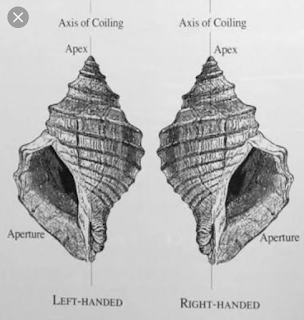Protein Intro and specificity
These are complex nitrogenous organic biopolymer of amino acids showing great diversity in their organization.
Facts about proteins
- The term protein was first coined by Jones J. Berzelius from Greek word "proteious " which means 'to hold first position '.
- It is abundant intracellular * organic biomolecule.
- It contributes 12% in cellular pool. These are next to water in cellular pool.
- It constitute 50% or more of dry weight of cell.
- Proteins form
20% of mammalian muscles
7% of blood plasma
3.5% of cow milk
12% of cereals
20% of peas and nuts and pulses
- There are 3000 types of proteins in E. Coli ,1 lakh different types of proteins in humans .
- 10 raise to power 10 -10 raise to power 12 different types of biomolecules are found in about 1.5million species.
- There is a co-relation between structure of proteins and their biological function which in turn also related to genetic information of DNA.
- These are the most diverse biomolecules as any one of 20 amino acids may occur at any point as a link in modified or unmodified form.
- These are polymeric -biomolecules so are macro -biomolecules of high molecular weight.
Capsid (coat of TMV) ----40 million mol.wt.
Ribonuclease -1 ---12000mol. Wt
Insulin (bovine) ---5700mol. Wt.
Myoglobin -----16000mol.wt
Haemoglobin ---64500 mol.wt
Trypyhtophan synthesis ---159000 mol. Wt
Glycogen phosphorylase ---370000 mol.wt
Haemocyanin ----910000
Pyruvate dehydroxygenase complex ---70lakh
Protein specificity
Specific type of proteins are found in the members of same species. So every species has a specific set of proteins and that set is not found in no other species.
This specificity of proteins depends upon numbers ,sequence, and types of amino acids interlinked to form the protein which in turn depends upon number and sequence of codon on mRNA.
Similar species have many proteins in common but different species share only a few similar protein.
Application of protein specificity
- In tissue grafting
- In blood transfusions
- In organ transplants.



Comments
Post a Comment